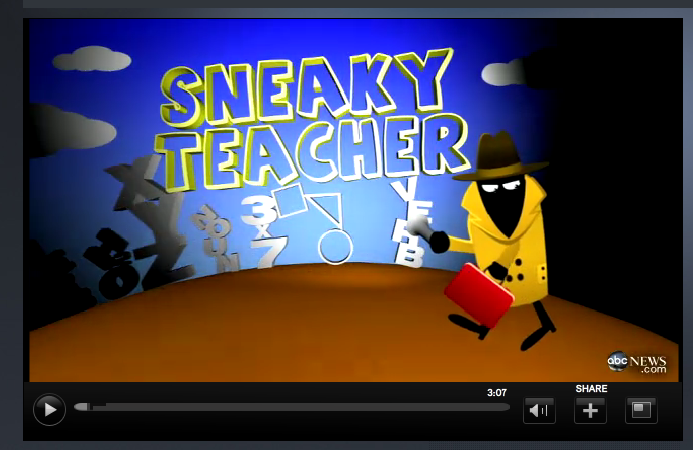For most of us, summer has wound down and school is either in session or just around the corner. The time for preventing summer brain drain is over. But you can continue to reinforce math skills with your kids (and even yourself!) no matter what time of year it is. Here are some really neat games, puzzles and books that help:
Rush Hour
As the video below shows, this game looks like it’s for little kids — but it’s not! I became obsessed with Rush Hour a few years ago, and I periodically bring it out to give myself a challenge. Additional cards can be purchased in expansion packages. Kids (and parents) can play alone or challenge one another to see who can get out of the traffic jam quickest! (Ages 8 years old and up, $19.99, ThinkFun)
Sudoku
If you’ve ever done one of these puzzles, you know that Sudoku doesn’t have much to do with everyday math. But they do reinforce pattern-identification skills, which is critical for basic math skills. These puzzles aren’t limited to numbers, either. For little kids (Kindergarten through first grade), try picture-based Sudoku. Or use a number Sudoku to help your child remember or learn his numbers.
Connect the Dots
For really little kids, this perennial favorite is a great way to reinforce counting numbers. But these puzzles aren’t just for tiny brains. Look for options that count by 2s or 10s or even consecutive prime numbers. Check out Monkeying Around for much more challenging designs.
Set Game
This is an oldie, but a goodie. The idea is to identify a “set” of three cards (from an array of 12 cards), based on four characteristics: color, shape, shading and number. It takes a while to get hang of this, but once players see the similarities and differences in the cards, the game can get really fast. Check out other games made by SET Enterprises. (Ages 8 years old and up, $12.99, SET Enterprises)
Books by Greg Tang (Bonus suggestion, which wasn’t a bonus until a kind commenter pointed out that I didn’t count accurately. Oy.)
Featuring an intuitive approach to learning and understanding math, Greg Tang‘s books aren’t contrived stories that have a math lesson. Each page is chock full of problem-solving skills that encourage kids to discover new connections in math. New York Times Bestseller, Grapes of Math centers around a series of math riddles that delve deep into kids understandings of grouping and creative addition processes. His website was just amped up with cool online games, too.
Do you have a favorite game or book that sneaks in some math? Share it in the comments section!










